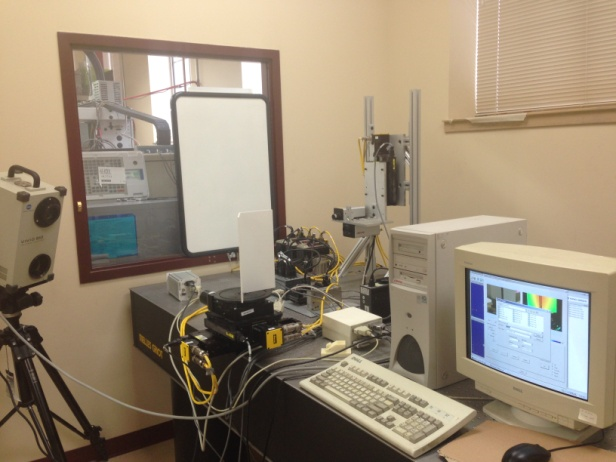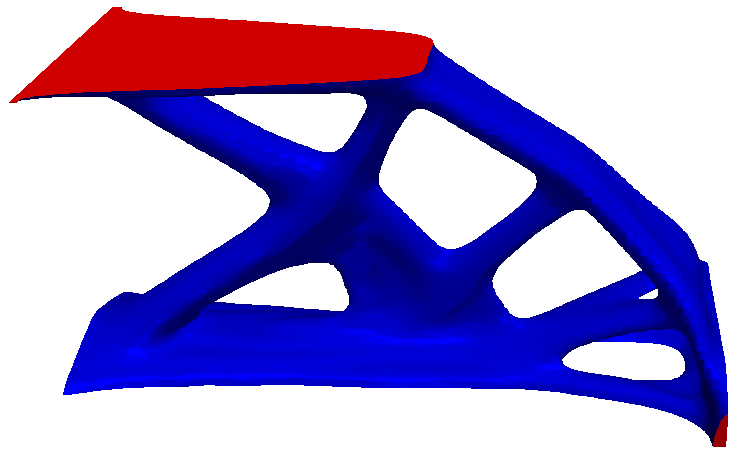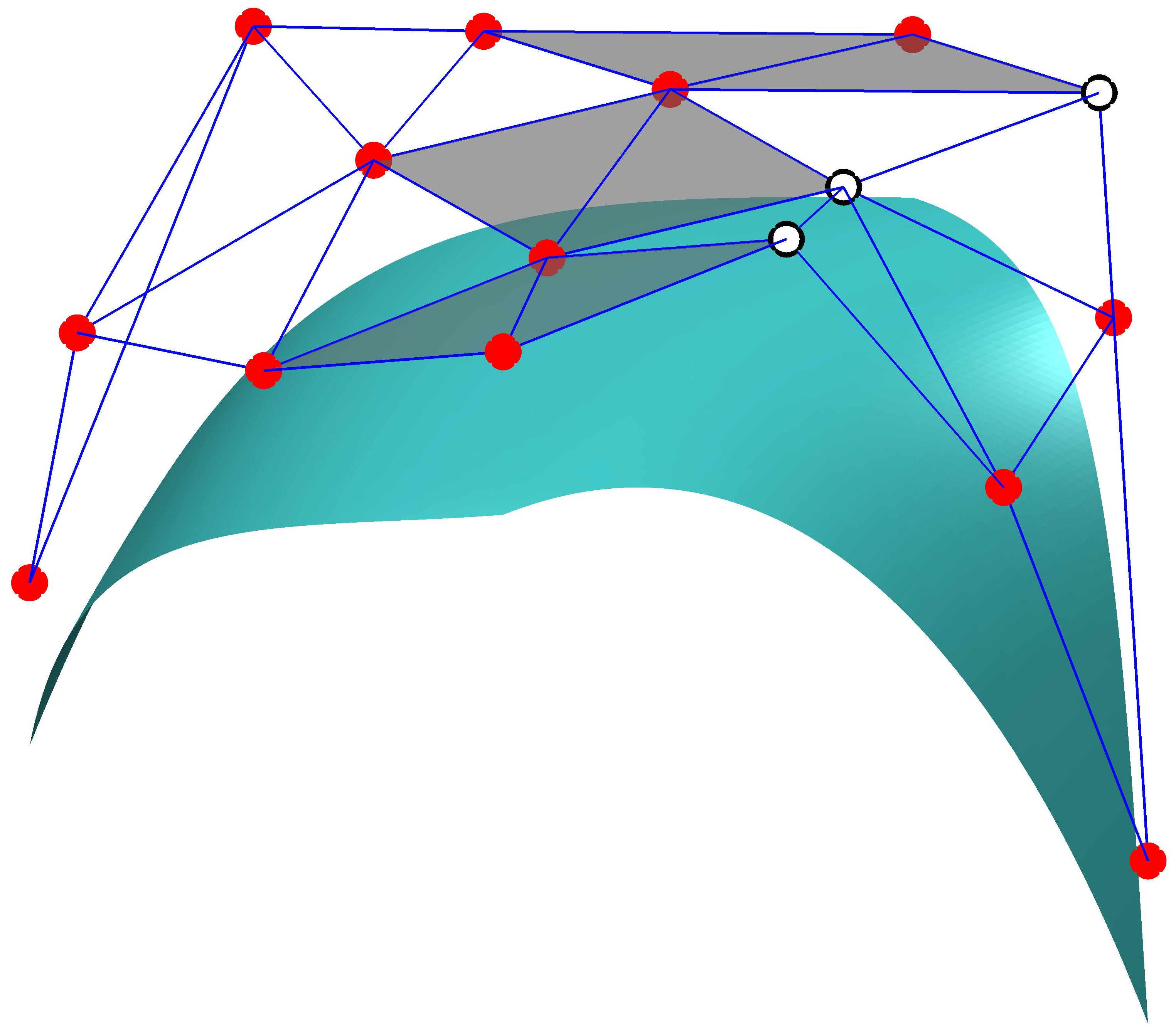|
|
This site has become obsolete. Our group has a new website: https://cdm.me.wisc.edu/.
Research Interests
The
goal of our research is to develop computer methods for design and
manufacturing automation.
Current research
|
|
Multi-physics
topology optimization
|
|
|
Topology optimization aims
to determine optimal shape and connectivity of material distributions under
physical constraints. We are studying methods for topology optimization of
multi-physics systems, where human intuition is often inadequate to cope
with the coupling nature of multi-physics systems.
We have used the continuous
adjoint approach to study the optimization of electromechanical
systems for the design of actuators, the optimization of thermofluid
systems under tangent thermal gradient constraints, and the optimal design
of electric field for light absorption in organic solar cells.
|
|
|
Isogeometric
analysis on triangulations
|
|
|
We are creating a new
method for integrating CAD and finite element analysis and it is based on rational
triangular Bezier elements. It has the advantages of enabling automatic
parameterization, ease of local refinement, and being applicable to
geometry of complex topology.
We have also developed a smooth-refine-smooth
procedure to achieve optimal convergence with Cr smooth triangular elements.
|
|
|
Statistical shape
modeling
We are developing methods
to model shape variation across a family of objects. It has applications in
dimensional metrology, personalized product development, and image
segmentation. It can also be useful for assessing and characterizing
biological growth. We have developed a direct diffeomorphic
reparameterization method for correspondence optimization in statistical
shape modeling (SSM).
We have extended the SSM
to the construction of a statistical atlas for efficient creation of
subject-specific finite element mesh.
|
Recent work
|
|
|
|

|
Direct
Digital design and manufacturing from massive scan data
This research in geometry
processing of scan data is necessitated by the ubiquitousness of
three-dimensional (3D) scanning and growing use of scan data in product
design, analysis and manufacturing, and in biomedical diagnosis,
intervention and treatment planning. Dense discrete scan data poses
computational and mathematical challenges in how to process them into
meaningful geometric forms for subsequent design, analysis and
manufacturing applications.
|
|

|
AFM
based nano manipulation
This research aims to
develop a cyber-physical approach for automating manipulation of nanoscale
particles, tubes, and wires via atomic force microscopes with the eventual
goal of nanoscale device prototyping.
|
|

|
Resolving
tip effect in atomic force microscopy (AFM)
The research objective is
to develop theories and algorithms for tip-specimen shape interaction modeling
for an emerging class of scanning probe microscopy (SPM) instruments that
is capable of imaging general 3D structures with vertical sidewalls and
undercut features at the nanometer or even atomic scale.
|
|

|
Dynamic
sensing-and modeling approach to multi-sensor integration
The objective of this
research is to develop foundational shape digitization theories and algorithms
for a multimodal digitization system that can couple 3D sensing and
post-sensing shape reconstruction in a dynamic manner in order to
fundamentally improve digitization automation level, speed, efficiency and
the resulting surface quality.
|
Last updated Feb 21, 2014.
|






